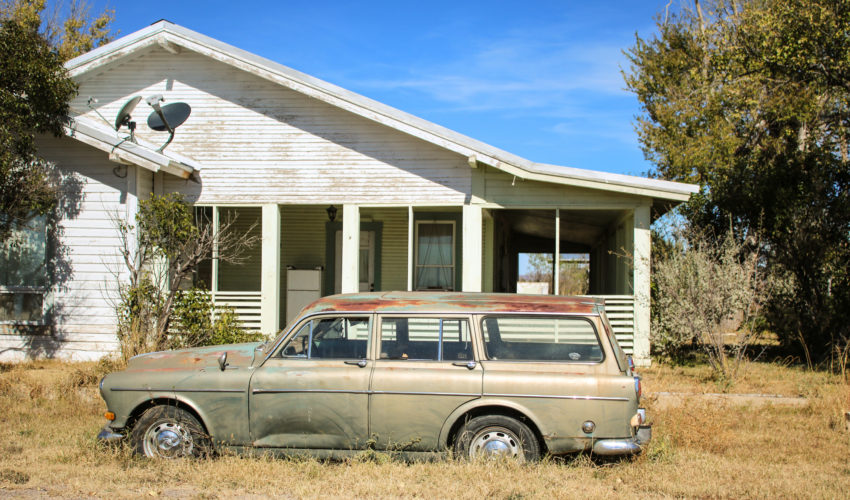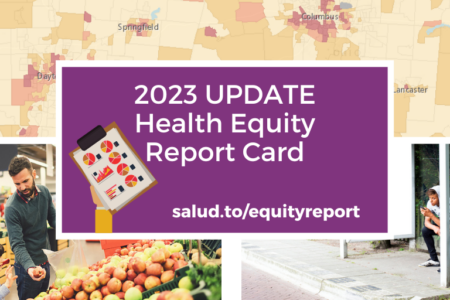
Share On Social!
Where you live and work can greatly impact your health and well being and potentially even one’s risk for heart disease.
Latinos exposed to heavy metals at work are twice as likely to have cardiovascular disease than those who aren’t, according to a recent publication.
Such exposures can have dire consequences both in the short and long term.
In fact, cardiovascular diseases (CVD) are the leading cause of mortality in the United States and western world for all groups and the number 2 cause of death for Hispanics/Latinos behind cancer, despite overall cancer rates being lower for Latinos compared to non-Hispanic Whites (NHWs).
Work related exposures may increase the risk for CVD
The study, published in Heart, found that heavy metal and pesticide exposures in the workplace were linked to marked elevations in the prevalence of CVD and went on to evaluate the role of workplace chemical exposures in CVD, among urban Hispanic/Latino workers.
The group’s findings suggest 5 – 9% of employed Hispanics/Latinos are exposed to solvents, metals or pesticides in the workplace.
Hence, such occupational exposures could be important contributors to CVD for Hispanics/Latinos.

The study also notes that US Hispanics/Latinos differ greatly by background and gender.
Notably, Puerto Rican individuals and men were more likely to suffer from CVD than their peers.
Vulnerability of Latino workers
Beyond having some of the most dangerous jobs, Latinos are more vulnerable workers.
On a national level, they have lower salaries, fewer rights, and many may face the threat of deportation or losing their job.
Additionally, language barriers, less access to educational opportunities, fewer resources, and a lack of access to healthcare services may add to their vulnerability.
Additional risks of exposure for Latinos living in older homes
Despite scientific evidence of the dangers posed by heavy metals like lead, lead was commonly used and quickly integrated into the American home in the form of paint, with some paints containing up to 70% of the substance.
By 1978, the U.S. banned lead-based paint for housing.
Yet by then, many homes especially in low cost areas of major cities in US had been constructed.
The majority of tenants of these old homes would be African-American and Hispanic or Latino.
The World Health Organization says that the cost of replacing lead paint means that people living in older, poorly-maintained housing are particularly at risk, and this disproportionately affects economically-deprived communities.
At the same time, lead smelters and leaded gasolines left a toxic footprint across the United States.
Today, over twenty-three million homes contain one or more lead hazards and thirty-eight million have lead-based paint that will eventually become a lead hazard if not closely monitored and maintained.
The majority of those homes are located in impoverished and marginalized communities of color.
Learn more about the link between health, housing and environmental concerns among Latinos by following our work on healthy communities and housing.
Explore More Related Articles on Housing and Latino Health
- Helping Latinos with Affordable Housing
- With no Affordable housing, Jobs Go Unfilled
- Most People Underestimate Latinos Environmental Concerns-Even Latinos
By The Numbers
56.9
percent
of Latinos are "housing cost burdened"




